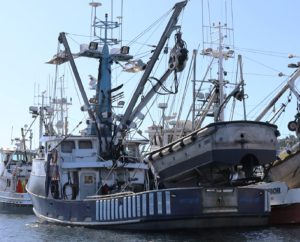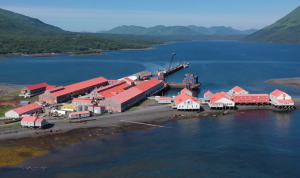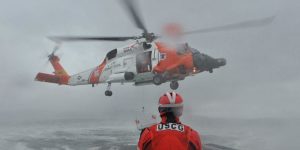F/V Hannah Inaugural Voyage to Bristol Bay
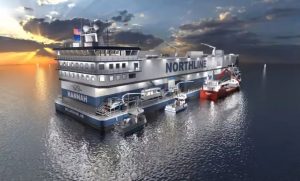 Northline Seafoods has announced the inaugural voyage of its latest vessel, F/V HANNAH, setting sail from Bellingham’s Fairhaven Shipyard to Bristol Bay for the 2024 salmon fishing season. The one-of-a-kind platform was built specifically for the conditions in Bristol Bay.
Northline Seafoods has announced the inaugural voyage of its latest vessel, F/V HANNAH, setting sail from Bellingham’s Fairhaven Shipyard to Bristol Bay for the 2024 salmon fishing season. The one-of-a-kind platform was built specifically for the conditions in Bristol Bay.
“This is a dream come true,” said Northline Seafoods CEO Ben Blakey. “Seeing our vessel leave the Fairhaven Shipyard is a critical milestone for the Bristol Bay salmon industry and for Northline Seafoods. I am proud of our team and appreciative of all the people who helped us get here.”
The F/V HANNAH is a 400′ x 100′ barge that Northline describes as a “vertically integrated, all-in-one solution for buying, freezing, shipping, storing, and distributing wild Alaska salmon.” The vessel features the capacity to freeze up to one million pounds of salmon per day, managed by a production crew of twenty. In addition, it can freeze salmon to a core temperature of -30°F in under 2 hours, and the cold storage facilities can hold over ten million pounds of frozen salmon, while also accommodating 2.3 million pounds of fresh fish.
 Maritime Injury Law Blog
Maritime Injury Law Blog


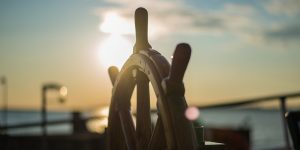
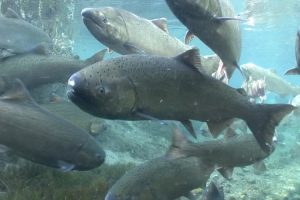
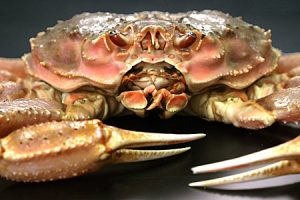
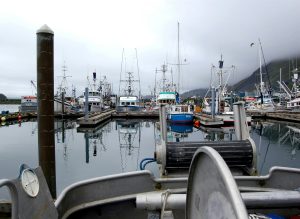
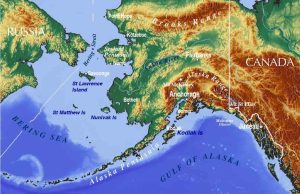
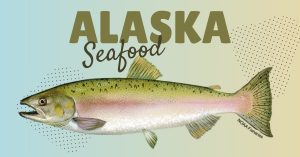 On Tuesday February 14th, 2024, the Alaska Seafood Marketing Institute (ASMI) announced that the U.S. Department of Agriculture (USDA) will make a significant purchase of Alaska salmon and pollock in support of food and nutrition initiatives.
On Tuesday February 14th, 2024, the Alaska Seafood Marketing Institute (ASMI) announced that the U.S. Department of Agriculture (USDA) will make a significant purchase of Alaska salmon and pollock in support of food and nutrition initiatives.